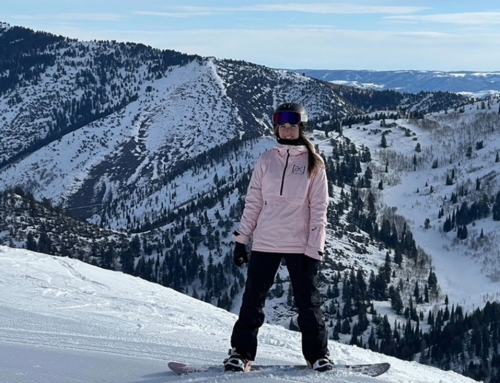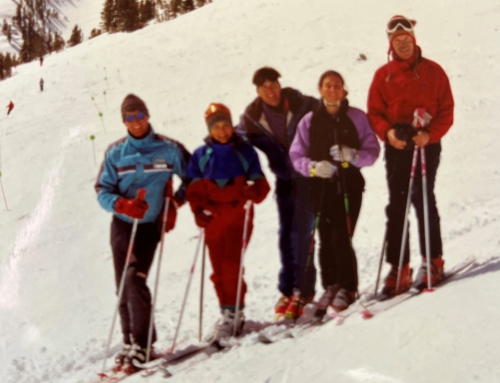Cause-and-Effect Correction:
What’s All the Snowboard Chatter About?
Floating effortlessly through an open powder field, slicing through a perfectly groomed carpet of corduroy, and the smooth uninterrupted slide of a rail when you’re locked on and relaxed… these are some of the reasons we love snowboarding. Near the opposite end of the feel-good spectrum is heelside chatter, when a heelside turn starts skipping on the snow like a stone across water. It’s jarring and bounces your kidneys around like a ride on an ill-mannered horse. We’ve all experienced it. Sometimes we blame equipment, conditions, or the person who cut us off. The truth is, heelside chatter is preventable and manageable.
Why Does Edge Chatter Happen?
The most common reason for chatter is a rider adding additional pressure from an extension of the legs at the bottom of the turn when the board is perpendicular to the fall line. The snowboard’s edge favors gripping and slicing when the board has a higher edge angle. When the board is trying to slice across the hill on edge and the rider pushes against that edge, the board will chatter.
How to Prevent Chatter
One of the most effective ways to prevent chatter in a more completed or closed turn is to change onto the down hill edge early. By having the edge change at the top of the turn, the rider can manage the edge pressure, dispersing it throughout the whole turn instead of letting it build up at the bottom, which results in chatter.
There are a variety of movement patterns to accomplish the flattening of the board to change edges, but the key is moving the center of mass (CM) toward the heel edge. One caveat to this is that the board should be traveling in the direction it’s pointing (across the hill, in this case) in order to not catch a downhill edge.
How to Fix/Manage Chatter – Coaching Cues
Chatter happens – especially on steeper terrain when edge angles tend to be higher and more pressure builds on the board. There are two options to reduce chatter while it is happening. (Okay, three if you count sitting down.)
Preventing and managing heelside chatter is all about pressure management. Reduce the amount of unnecessary pressure that can build up at the bottom of the turn and let the board do what it’s designed to do.
This article, by Eric Rolls, originally appeared in the Fall 2019 issue of 32 Degrees. Log in now to the online version to access other great content that will up your instructor game.
Rolls is a third-term PSIA-AASI National Team member, Intermountain Division examiner, and the training manager for Utah’s Park City Ski & Snowboard School.








